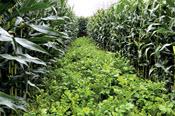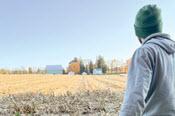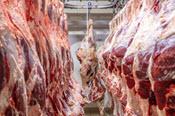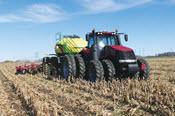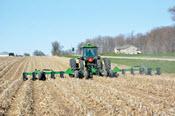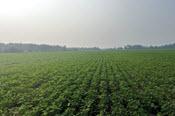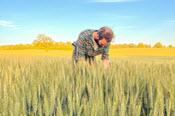Does Your Soil Act Like A Sponge?
Increase Your Soil’s Water-Holding Capacity
For Long-Term Benefits
By Paul Hermans
Going forward as an industry the biggest limiting factor to higher yields will be water availability.
If you live anywhere in Eastern Canada, you may be saying this was not the case during the 2023 growing season. Across most areas for the growing season in Eastern Canada, we received 115 to 150 per cent more rain than average, according to Environment Canada.




